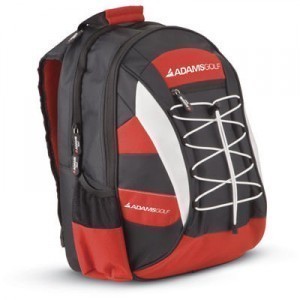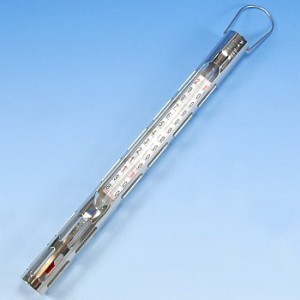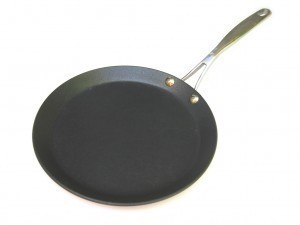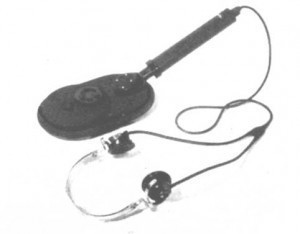Backpack Sizes
Whether you’re hiking for the first or  hundredth time, choosing the right backpack size is a must. While you need room for your stuff, you don’t want a bag too heavy it becomes a burden.
hundredth time, choosing the right backpack size is a must. While you need room for your stuff, you don’t want a bag too heavy it becomes a burden.
A Backpack Capacity Guide
For summer hiking: if the trip is for at least five nights, the backpack capacity should be 4,000 to 5,000 cubic inches or 65 to 80 liters. If the duration is for 3 to 5 nights, a capacity of 3,000 to 4,000 cubic inches or 50 to 65 liters will be needed.
If you’ll be hiking for a couple of nights, the capacity should be 2,500 to 3,000 cubic in or 40 to 50 liters. Day hiking requires only 1,500-2,000 cubic inches or 25 to 35 liters.
For spring and fall hiking: if you’ll be hiking for at least five days, the backpack size should be at least 5,000 cubic in. That’s 80-90 liters. If you’ll be hiking for 3 to 5 nights at most, 4,000-5,000 cubic in (65-80 liters) will be sufficient.
3,000-3,500 cubic (50-55 liters) will be enough if you camp for 1 or 2 evenings. Day hiking during the spring or fall will require 2,000-2,500 cubic in capacity (35-40 liters).
For winter trips: if the duration is for at least five days, the capacity should be at least 5,000 cubic inches (80-90 liters). For 3 to 5 nights, the needed capacity will still be over 5,000 cubic in (80-90 liters).
For a couple of nights, the backpack size should be 4,000-5,000 cubic inches (65-80 liters). For a day hike in the winter, get a backpack with a capacity of 2,500-3,500 cubic inches (40-55 liters).
Notes on Basic Requirements
Extra clothing and bigger sleeping bags are required in winter, hence the larger capacity needed. Also, “basic requirements” mean different things for different people, so capacity will be influenced by personal preference.
If you’re not sure, it’s always best to overestimate your needs. It’s better to have a backpack with some extra room than a cramped one.
Summer hikers may prefer to carry daypacks instead. These are small backpacks with room to carry food and water. Unless you need room for extra clothing, the small daypacks may be the right backpack size for you during summer trips.
Internal / External Frame Packs
Internal frame packs move the weight of the bag to the hips. This translates to greater mobility and better balance. This setup is ideal for those who like mountaineering or backcountry skiing.
Some backpacks still use the old external frame setup. While not as easy to carry around, it offers ventilation between the bag and body. They are also ideal when hiking during hot days.
When choosing sizes, the torso sizing is the key element. As a rule extra small is for 15” torsos; small packs are for 15" to 17" torsos and for regular, 17" to 20". Large are for 20” torsos and higher.
When choosing the right backpack size, you should strike a balance between being able to put all the needed stuff in without sacrificing mobility. The key here is to determine exactly just what you need for the trip.





